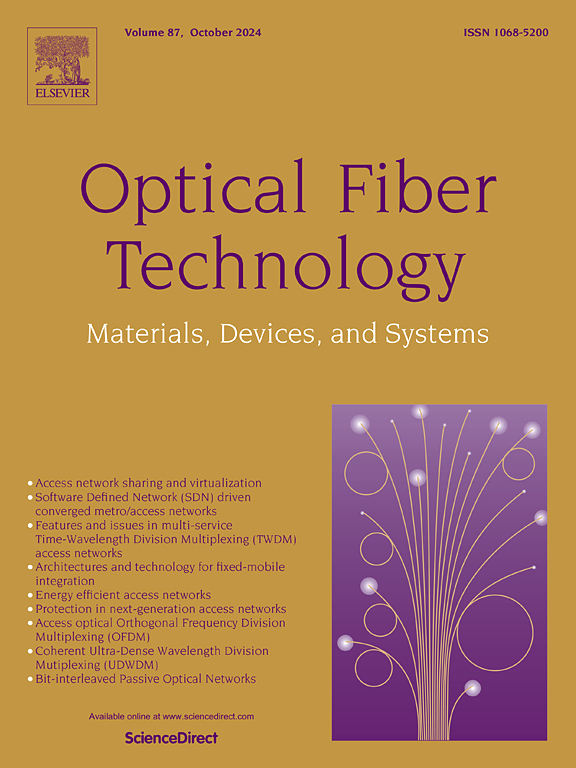Purification technique with a hertz-linewidth laser for fiber-based optical frequency coherence dissemination
Abstract
We propose a purification relay station for optical frequency dissemination over long-distance communication fiber links particularly in complex environments. This technique addresses the challenge of phase noise suppression limitation due to dissemination delay in laser traversing fiber links. Utilizing a cavity-stabilized hertz-linewidth laser, we synchronized the phase noise with that of the signal received from the previous link within a 10 Hz bandwidth. Beyond this range, the phase noise followed the hertz-linewidth laser, decreasing from 20 rad to 6 rad. Furthermore, to ensure continuous coherence and stability of the disseminated laser, the data processing based on FPGA was employed to eliminate phase cycle slips in the previously disseminated optical frequency. We applied this technique to the optical frequency disseminated along with a 106 km communication fiber link. After optical frequency purification, the fractional frequency instability at a 1 s averaging time is reduced by a factor of three. Additionally, with the elimination of the phase cycle slips, the fractional frequency instability of purified optical frequency scales as which matches with a signal dominated by phase-modulated white noise. At a 10,000 s averaging time, the purified optical frequency achieves a stability of 8.43 × 10−19, representing a reduction of two orders of magnitude compared to that of the previously disseminated optical frequency. This work establishes the foundation for the development of a nationwide optical frequency dissemination network involving long-distance fiber links in complex environments.

 求助内容:
求助内容: 应助结果提醒方式:
应助结果提醒方式:


